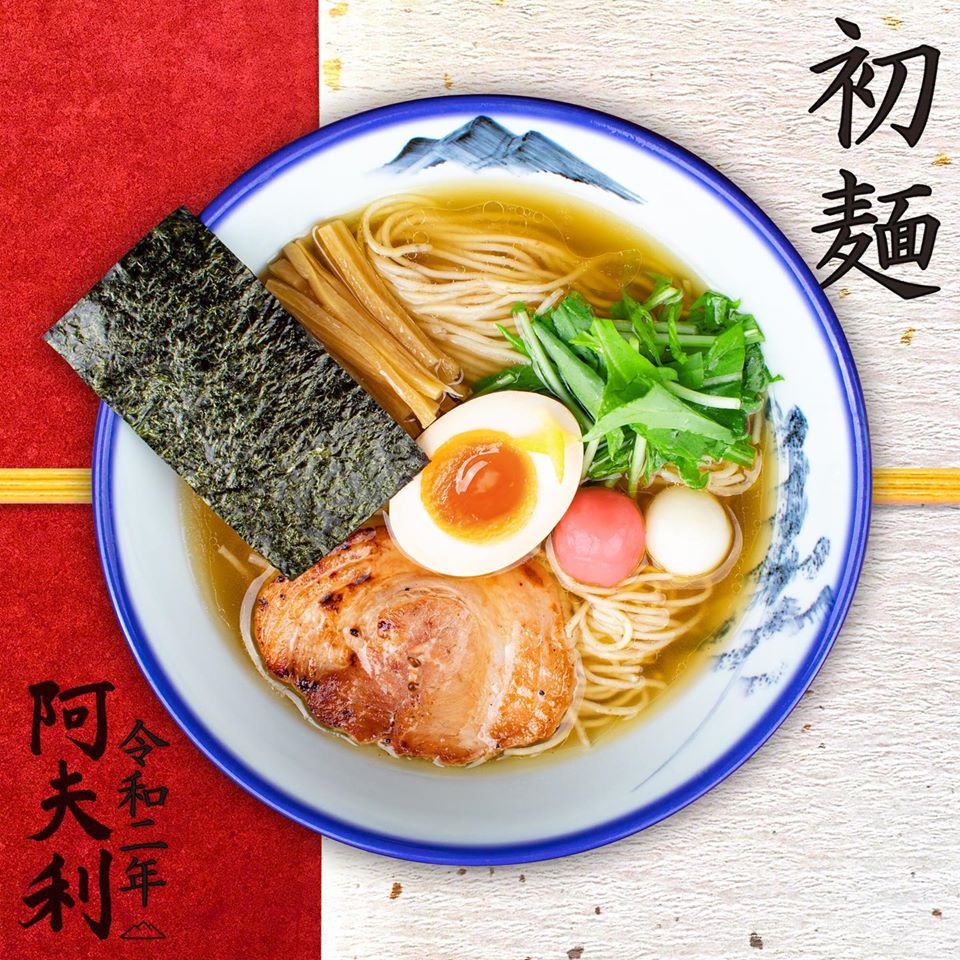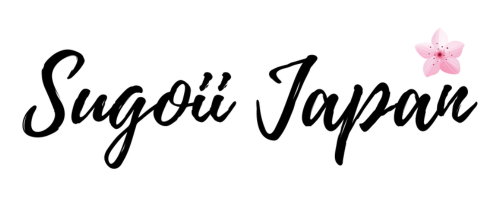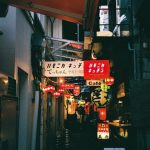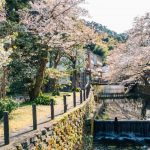One of the most famous dishes in Japanese cuisine is ramen — it has taken the Western world by storm. Ramen is simply a Japanese noodle soup dish with a richly flavoured broth and a variety of toppings including meat, vegetables and egg. But what do we know about ramen — where did it come from and how did it become a massive part of Japanese cuisine?
This article covers all you need to know about Japanese ramen.
Is Ramen Japanese? The Real Origins of Ramen

If you’re reading this article, you’re wondering: is ramen Japanese? The word for “ramen” in Japanese is ラーメン, written in katakana. If a word is borrowed from another language, it is written in this alphabet. This must mean that the word “ramen” is actually a loan word.
It all began in the 1800s in China. This is considered to be the birthplace of all things ramen. It is believed that this soupy noodle dish travelled with Chinese immigrants in the late 19th century to Japan after the Meiji Restoration in 1868.
When the Chinese immigrants arrived in Japan, there were lots of Chinese restaurants popping up in neighbourhoods that we now know as Chinatowns. One specific one is in Yokohama, a busy port town near the capital city of Tokyo. Many locals opened up their own independent carts known as “yatai” around the same time — this is probably how the Japanese adaptation of the Chinese dish came about.
How did Ramen culture arrive in Japan?

The first ever bowl of noodles, similar to the one we now know as ramen, served in a Japanese restaurant was in 1884 by a restaurant called Yowaken. However, it wasn’t until 1920 that the country had its first official ramen shop called Rairaiken. This shop opened up in a neighbourhood called Asakusa in Tokyo.
In 1947, a new style of ramen came about in the southern parts of Japan, in Fukuoka. The famous Hakata tonkotsu ramen was actually made by mistake — the chefs overbuild the broth but when tasting it, they realised it was so good — and the rest is history. Other regional variations started popping up as well, including the Ajino Sanpei in Sapporo, Hokkaido.
In 1950s, in postwar Japan, consumption of wheat drastically increased and they were made into ramen noodles. There were more “yatai” stalls selling ramen all around the country as it was an easy way to serve a quick hot meal all day round.

One of the key milestones in Japanese ramen history is when the Taiwanese-Japanese founder of Nissin Foods invented instant noodles in 1958, making it more convenient for everyone to make this simple noodle dish in the comforts of their own home.
By the time the 1980s rolled around, ramen was not only popular in Japan but worldwide as well — a ramen museum was also built in 1994 in Yokohama. More and more variations of ramen were created as well.
Now, there are over 24,000 ramen shops in just Japan alone, with tens of thousands more across the globe!
The Specificities of Japanese Ramen

There are lots of factors that make Japanese ramen special and unique compared to its original inspiration.
The most essential difference between Japanese ramen and Chinese ramen is that the latter doesn’t use motodare, which is a base sauce originally developed from a sauce called “kaeshi”. Motodare is made by dissolving and concentrating a few different ingredients to create the “umami” essence, and to add more dimensions to the standard ramen soup stock.
Another special factor of Japanese ramen is that each portion is seasoned individually when ordered, using motodare and other flavoured oils — Chinese ramen is flavoured once in the morning for the entire volume of the stock. This makes each bowl of Japanese ramen fresh and vivid tasting.

The toppings of Japanese ramen are one of the highlights of the dish. The most popular toppings are:
- Chashu, which is sliced of roasted or braised pork,
- Kamaboko, which are slices of steamed fish cakes
- Tamago, which can be hard or soft boiled marinated egg
- Nori, which is seaweed
- Menma, which are seasoned or fermented bamboo shoots
Ramen vs Ramyeon – The Differences

Some of us may have heard of the term “ramyeon”, and we might be wondering if it’s the same as Japanese ramen. While both of the terms were born from the same roots, they are two very different things, especially in the eyes of South Koreans.
In South Korea, ramen refers to almost exclusively Japanese noodles made out of fresh ingredients and spices. Oftentimes, they refer to those served in restaurants. On the other hand, ramyeon refers to instant noodles. They are not made of fresh ingredients, rather they are flavoured with dried vegetables and artificial flavourings. While ramyeon are also served in restaurants, they are cooked using pre-packaged instant noodles.
The Most Popular Types of Ramen in Japan

As we know, there are dozens of types of ramen in Japan, depending on the region. There are generally four categories you can classify ramen under:
The oldest type of ramen is the shoyu (soy sauce) ramen. This is made from soy sauce-based tare sauce and chicken bone stock. Sometimes this type of ramen can be called its original name “chuka soba”.
The next one is the tonkotsu (pork bone) ramen, and the pork bone is cooked down to make a cloudy white broth. Oftentimes they are served with thin, straight noodles.
Miso (soy bean paste) ramen is made by blending dash broth with miso paste, and has an extremely rich, thick flavour. They are often served with medium-thick curly noodles.
The shio (salt) ramen is made from chicken bone broth or pork bone broth with salt to make the base sauce. It is the lightest flavoured broth out of the four categories.
You May Also Like: Best Ramen In Tokyo
The Best Regional Ramens in Japan

Here are some of the more famous types of regional ramen that you should definitely try if you find yourself in that region:
Fukuoka’s ramen specialty is the Hakata ramen, which is made of pork bones that have been cooked for three days before adding them to the broth.
In Kyoto, they have the Assari-Kei ramen, which is where more soy sauce is added to the broth. The toppings include roasted pork and white pepper.
Nagoya is known for its “Taiwan ramen”. This is thanks to a famous Taiwanese chef that created a unique type of ramen with minced meat, scallion, chilli pepper and garlic.
On Kyushu island, there is a type of ramen that dates back to 1954. This ramen is created using a mild-flavoured sauce that is combined with vegetable broth and chicken bone on top of the Tonkotsu (pork bone) base.
Miso ramen was created in northern Japan, Hokkaido. There is even an entire street dedicated to ramen restaurants. A unique addition to northern ramen is the topping, where butter, soy beans and corn are added.
You May Also Like: Ramen vs Udon vs Soba
—
Even though ramen originated from China, Japanese ramen has now evolved into its own type of noodle soup dish. It’s even more interesting that the various regions of Japan have their own variety of ramen, making it a fun activity of hunting regional ramen shops when travelling all around Japan!










